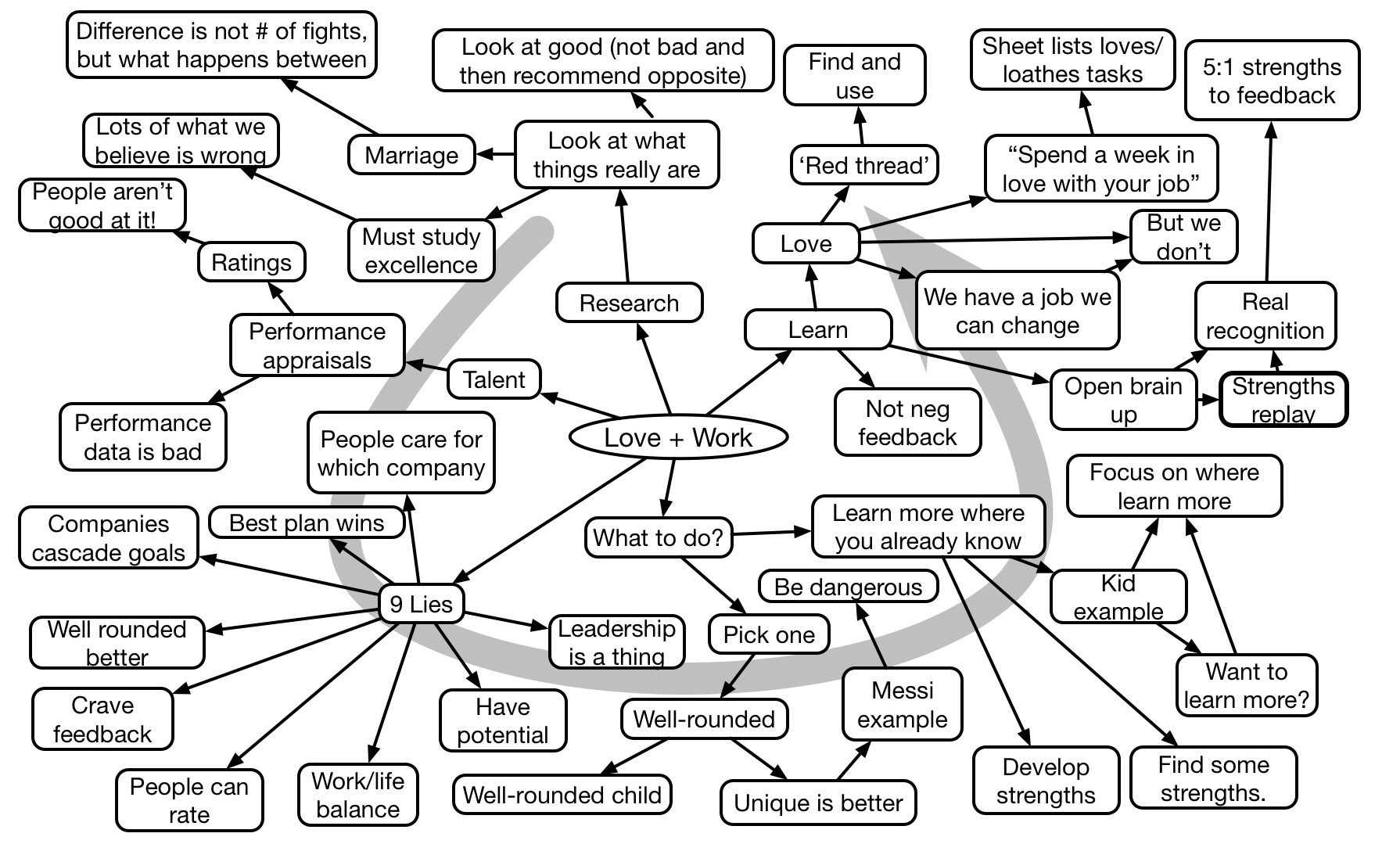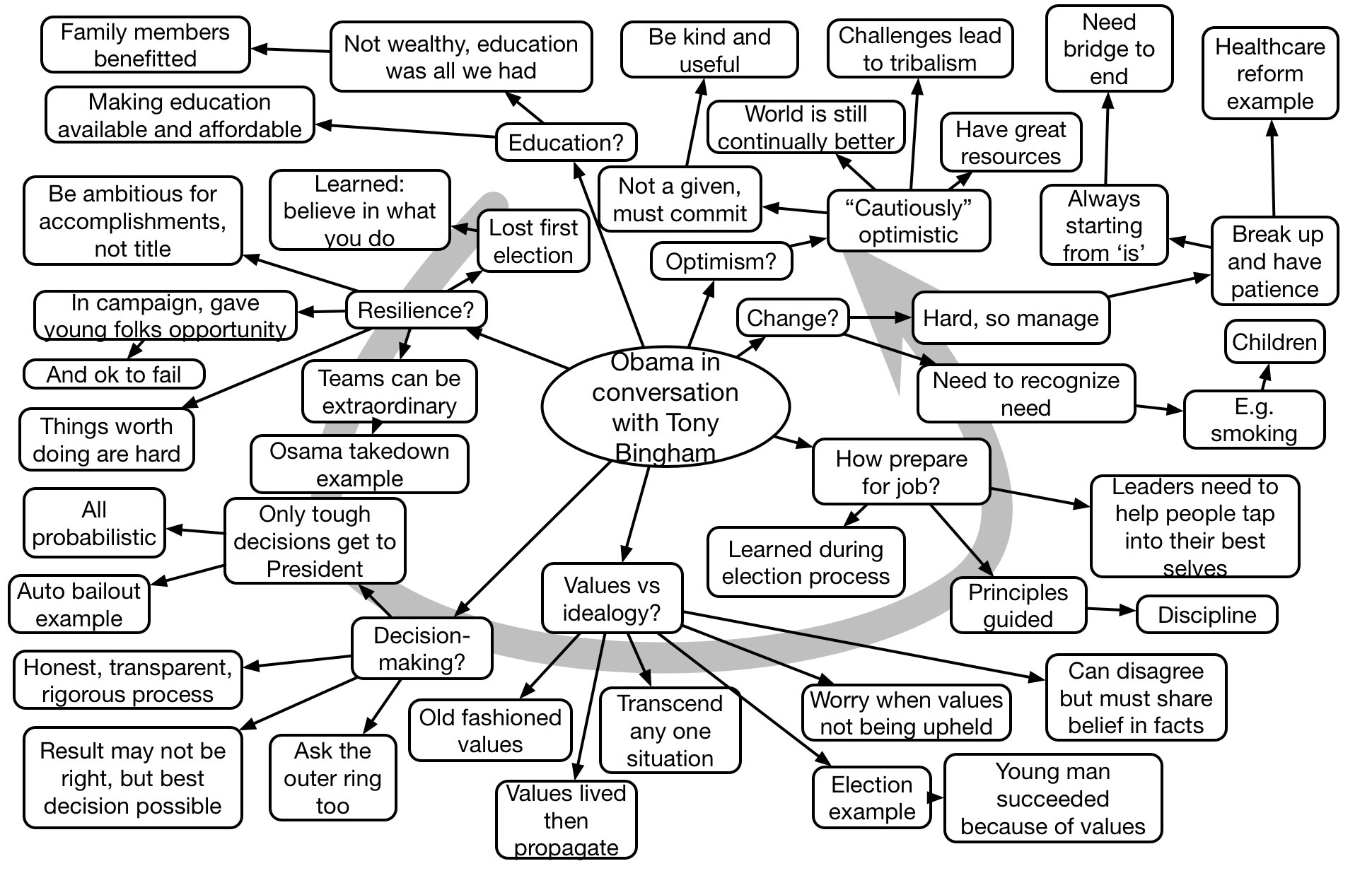From time to time, it’s worth a reminder that Quinnovation (the firm behind the blog) is available to help you. Here are the services you can look to from me, in case you want to accelerate your success.
And a wee bit of self-promotion: if expertise comes from years of practice, how about 3+ decades of investigating the breadth and depth of learning & performance, and exploration of technology support? Why not get assistance from where the thinking originates, not the several-steps away diluted version?
Consulting:
Learning Design: are your design processes yielding the outcomes they should and need to? I have worked with many organizations to generate or tighten learning design processes to reflect learning science (not myths). I recognize that most organizations can’t completely revamp their approaches, so I look to the small changes with the biggest impact. A white paper talks about this.
Performance Ecosystem Strategy: are you leading your organization forward in learning (read: innovation) or are you still taking orders for courses? Based on the book, I’ve helped a number of organizations understand the full spectrum of possibilities, evaluate their situation, and prioritize short-, medium-, and long-term steps. Another white paper talks about this.
Games & Mobile: I’ve helped a number of organizations get their minds, strategies, and design processes around mobile and/or games, based upon those books.
Workshops
Want to get your team up to speed on learning science, strategy, games, mobile, or more? I have workshops on each that are interactive, engaging, and effective. Preferably, they’re coupled with followup to extend the learning (applying the learning science), and that can be done in a variety of ways.
Presentations
A number of organizations around the world have booked me to speak to their audiences. They have been about the subjects of my books, or the future of learning technology in general. And have indicated they were quite satisfied with the result ;). If you want a credible, engaging presenter around intelligence augmentation, I’m a candidate.
Writing
In addition to books, I write white papers, blog posts, and articles for others. I could do the same for you.
Coaching
If you’re a learning leader that would like assistance over time addressing your organization’s needs, it would certainly be worth a conversation. I haven’t done this formally, but it seems like a natural extension.
And, of course, there are combinations of these services as well. You can find out more at the official Quinnovation site. Next week we return you to your regularly scheduled blog at this same channel.


